Qu'est-ce que le moulage par injection de nylon?
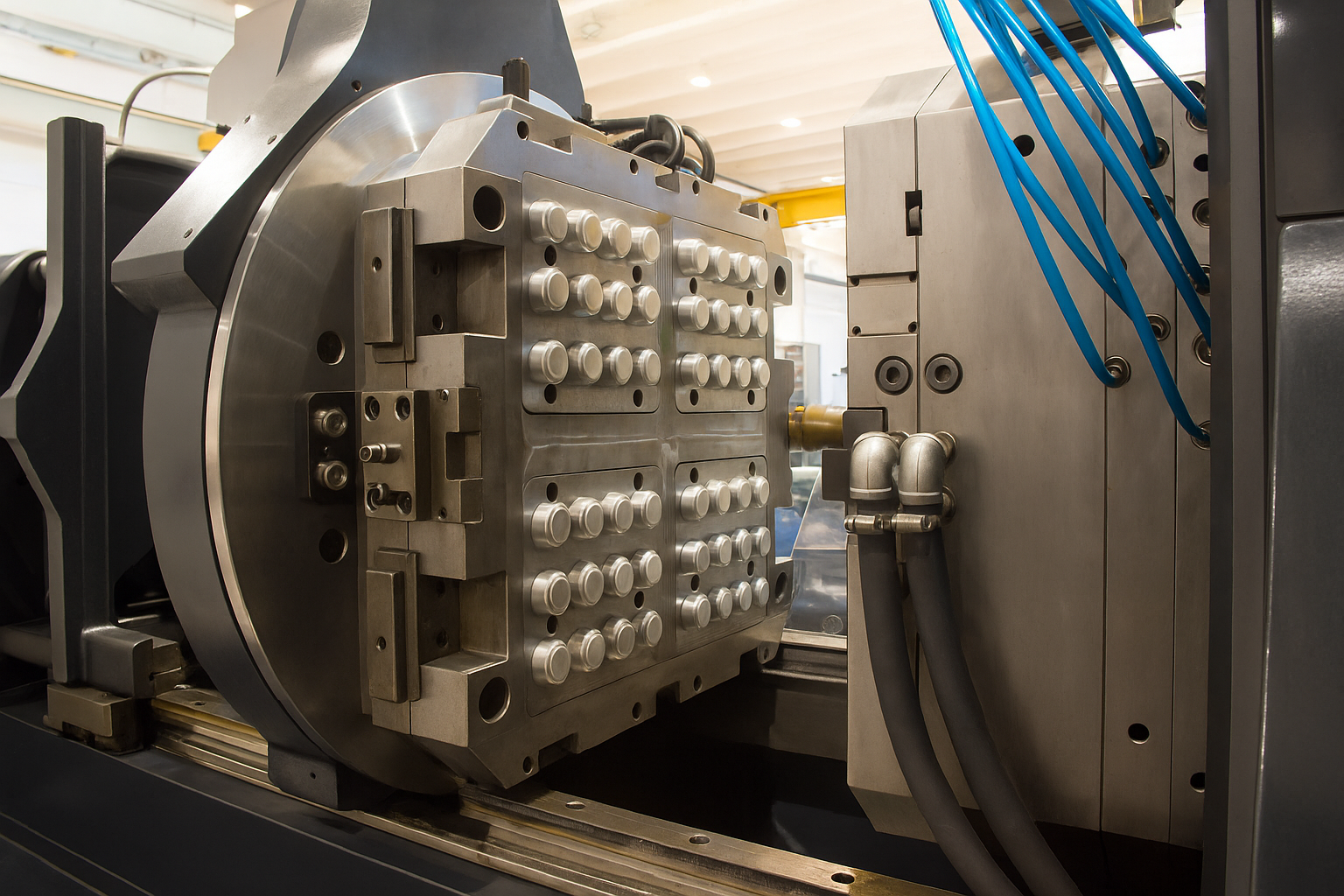
Qu'est-ce que le moulage par injection de nylon
Nylon injection molding is a manufacturing process that uses molten nylon — a type of engineering thermoplastic — to produce durable, léger, and high-strength components. Nylon, également connu sous le nom polyamide (Pennsylvanie), is a semi-crystalline polymer characterized by excellent mechanical strength, résistance à l'usure, and chemical stability.
Due to its high crystallinity, nylon exhibits superior toughness, Resistance à la fatigue, and thermal performance. It can withstand demanding environments and often replaces metal in applications such as engrenages, attaches, cable ties, lames de fans, et pièces de pompe.
The most common nylons used in injection molding include:
Nylon 6 (PA6)
Nylon 66 (PA66)
Nylon 12 (PA12)
Glass-fiber reinforced nylon (PA-GF)
Each grade has distinct mechanical and processing characteristics, allowing engineers to balance force, flexibilité, and moisture resistance for specific end uses.
Advantages of Nylon Injection Molding
Nylon is one of the most popular engineering plastics for moulage par injection because it combines moulabilité, performance, et rentabilité. Below are its major benefits explained in detail.
1. Low Melt Viscosity
Nylon melts easily and flows smoothly within the mold, even through thin sections or complex geometries.
Enables the production of pièces à parois minces (as low as 0.7 mm).
Reduces injection pressure and ensures complete mold filling.
Shortens cycle times for high-volume production.
2. Excellent Chemical and Abrasion Resistance
Nylon resists a wide range of chemicals, y compris:
Dilute acids and alkaline solutions
Hydrocarbons, carburants, and oils
Organic solvents like alcohols and halogenated hydrocarbons
C'est faible coefficient de frottement and high wear resistance make it ideal for parts that experience sliding or rotational motion, comme les engrenages, bagues, et roulements.
3. Résistance à haute température
Nylon maintains mechanical integrity at elevated temperatures.
Standard nylon grades can operate continuously up to 120–150°C.
Glass-filled nylons withstand even higher temperatures before softening.
This property makes nylon suitable for automotive engine compartments and industrial machinery.
4. Fatigue and Impact Resistance
Nylon’s semi-crystalline molecular structure gives it excellent Resistance à la fatigue, allowing it to endure repeated stress cycles without cracking or breaking.
Designing parts with generous corner radii further improves performance under cyclic loads.
5. Mechanical Strength Comparable to Metal
Nylon exhibits high tensile and flexural strength, enabling it to replace metal in many load-bearing applications.
Reinforcing nylon with glass fibers or mineral fillers increases rigidity and dimensional stability while reducing creep under load.
Nylon Injection Molding Design Guidelines
Proper part design ensures both précision dimensionnelle et efficacité de production. Below are nylon-specific design considerations.
1. Épaisseur de paroi
Recommended: 0.030–0.115 in (0.76–2.92 mm)
Maintenir épaisseur de paroi uniforme to prevent sink marks and warping.
Gradual transitions (≤15%) between adjacent walls are ideal.
Avoid walls thicker than 6 mm, as they increase cooling time and may trap voids.
Nylon’s low melt viscosity allows thinner walls than many other thermoplastics while maintaining part strength.
2. Radii and Corners
Avoid sharp corners that create stress concentrations.
Minimum radius: 0.5 mm.
Optimal radius: ≈75% of nominal wall thickness for best fatigue performance.
3. Angles de projet
Nylon’s smooth surface and low friction allow for minimal draft.
0.5°–1° per side is recommended to ease ejection and shorten cycle times.
Surfaces plates (par exemple., engrenages) can sometimes be molded with no draft.
4. Tolérances des pièces
Nylon has a higher shrinkage rate (0.5%–2%) than many plastics, making dimensional control challenging.
Accurate mold temperature management reduces variation.
Glass-filled grades exhibit lower shrinkage and improved stability.
Controlled moisture conditioning post-molding ensures long-term precision.
Nylon Material Properties
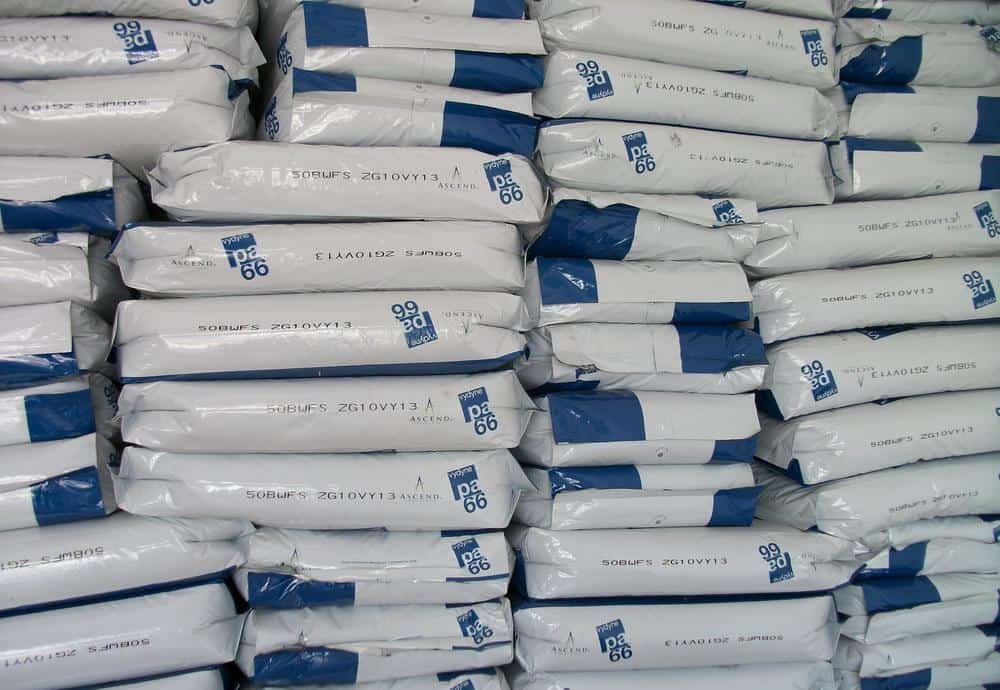
Nylon Material Properties
The following are typical material properties for several nylon grades:
| Propriété | Nylon 11 | Nylon 12 | Nylon 46 | Nylon 66 | Nylon 66 30% Petite amie |
| Densité (g/cm³) | 1.04 | 1.31 | 1.20 | 1.17 | 1.38 |
| Linear Shrinkage (cm/cm) | 0.0083 | 0.0069 | 0.019 | 0.0139 | 0.0044 |
| Dureté Rockwell (R.) | 107 | 98 | 95 | 114 | 117 |
| Résistance à la traction (MPa) | 37.1 | 46.1 | 73.9 | 72.5 | 155 |
| Allongement à la rupture (%) | 119 | 67 | 43 | 47 | 4 |
| Module de flexion (GPa) | 0.95 | 5.66 | 2.64 | 3.09 | 7.96 |
| Température de séchage (°C) | 90 | 93 | 94 | 81 | 82 |
| Température de fusion (°C) | 261 | 224 | 303 | 279 | 285 |
| Température du moule (°C) | 49 | 71 | 103 | 75 | 86 |
À retenir: Nylon’s balance of high tensile strength, dureté, et flexibilité makes it ideal for load-bearing components. Cependant, En raison de son hygroscopic nature, nylon must be dried thoroughly before processing.
Nylon Injection Molding Process Parameters
Controlling processing parameters ensures consistent part quality and dimensional accuracy.
1. Viscosity
Nylon has low melt viscosity, enabling fast mold filling through thin or intricate channels.
This reduces cycle times but requires careful pressure and speed control to prevent flashing.
2. Contrôle de l'humidité
Nylon easily absorbs atmospheric moisture.
Excessive moisture causes vides, splay, and brittleness.
Optimal moisture content: 0.15–0.20%.
Dry nylon at 80–90°C for 3–6 hours avant le moulage.
3. Contrôle de la température
Higher mold temperature → increased crystallinity and strength.
Trop haut (au-dessus de 330°C) → risk of thermal degradation and discoloration.
Typical processing range:
Barrel temperature: 260–290°C
Température du moule: 70–90°C
4. Pression d'injection
Typical range: 700–1400 bar (10,000–20,000 psi).
Low pressure → short shots, knit lines, Mauvaise finition de surface.
High pressure → flash, déformation, or dimensional distortion.
Proper pressure profiling ensures uniform density and minimal internal stress.
5. Injection Speed
High injection speeds reduce cycle time and weld lines.
Cependant, excessive speed can cause shear heating et marques de brûlure.
Controlled ramp-up of speed is best for thin-walled nylon parts.
6. Gassing and Venting
Nylon molding generates gases during melt injection.
Poor venting causes vides, burns, and incomplete filling.
Provide vent depths around 0.02–0.04 mm near cavity edges.
7. Rétrécissement
Typical range: 0.5–2%, depending on grade and cooling rate.
Controlled by:
Higher mold temperatures (réduire le retrait).
Uniform wall thickness.
Glass reinforcement (minimizes warping).
Common Nylon Injection Molding Defects and Solutions
| Défaut | Possible Cause | Recommended Solution |
| Splay marks | Excess moisture | Pre-dry material properly |
| Flashing | Excess pressure or low clamp force | Adjust injection pressure, inspect mold fit |
| Gauchissement | Uneven cooling or wall thickness | Optimize mold design and cooling layout |
| Short shots | Low injection speed or venting issue | Increase speed, améliorer la ventilation |
| Discoloration | Overheating or degradation | Lower melt temperature, ensure material purity |
Applications of Nylon Injection Molding
Nylon molded parts are used across numerous industries due to their combination of force, dureté, et résistance à la chaleur.
Automobile: Engrenages, bagues, radiator fans, fuel line connectors
Électrique & Électronique: Cable ties, isolateurs, terminal housings
Biens de consommation: Power tool housings, appliance components
Équipement industriel: Roulements, rouleaux, mechanical fasteners
Aérospatial: Lightweight interior fittings, supports, clips
Best Practices for Successful Nylon Injection Molding
Store nylon pellets in airtight containers to prevent moisture absorption.
Toujours dry material avant le moulage.
Maintenir refroidissement uniforme to minimize warping.
Utiliser glass-filled grades for high-strength or precision applications.
Appliquer controlled temperature and pressure profiles during molding.
Conclusion
Nylon injection molding combines the strength of engineering plastics with the versatility of thermoplastics. When processed correctly, nylon delivers exceptional performance, durabilité, et précision, making it a preferred material for both industrial and consumer applications.
Proper control of humidité, température, and pressure, along with intelligent design practices, ensures high-quality nylon parts that can even replace metal components.
FAQ
- What is the best type of nylon for injection molding?
Nylon 6 et nylon 66 are the most commonly used types. Nylon 66 offers higher strength and temperature resistance, while Nylon 6 provides better surface finish and flexibility. - Why must nylon be dried before injection molding?
Because nylon is hygroscopic, it absorbs moisture from the air. Moisture in the resin can cause bubbles, splay, and degradation during molding. - Can nylon replace metal parts in mechanical assemblies?
Oui. With glass-fiber reinforcement, nylon can achieve tensile strength comparable to aluminum, making it a cost-effective lightweight alternative. - What are the common challenges when molding nylon?
Key challenges include moisture absorption, rétrécissement, gauchissement, and maintaining tight tolerances due to high shrinkage rates. - How do you reduce shrinkage in nylon injection molding?
Use higher mold temperatures, épaisseur de paroi uniforme, and glass-filled grades. Controlled cooling also helps prevent warpage.
En savoir plus:
Conseils pour concevoir des clips pour les pièces en plastique
5 Des choses que vous devez savoir sur le moulage par injection en plastique
Tout sur les bases du moulage par injection plastique
Tout ce que vous devez savoir sur le moulage par injection de polycarbonate?

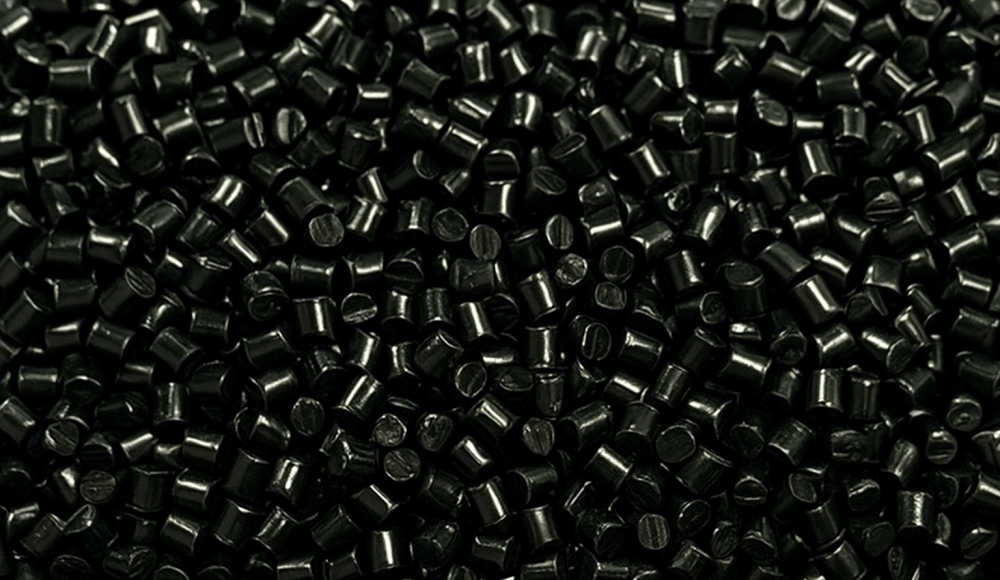
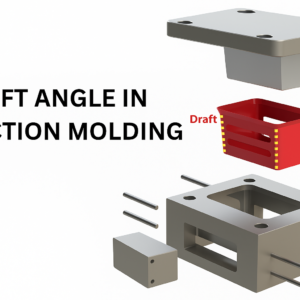
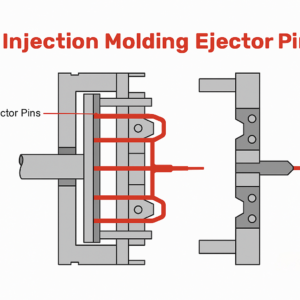
1 réfléchi à "Moulage par injection de nylon: Conception, Processus, et guide des matériaux pour les ingénieurs”